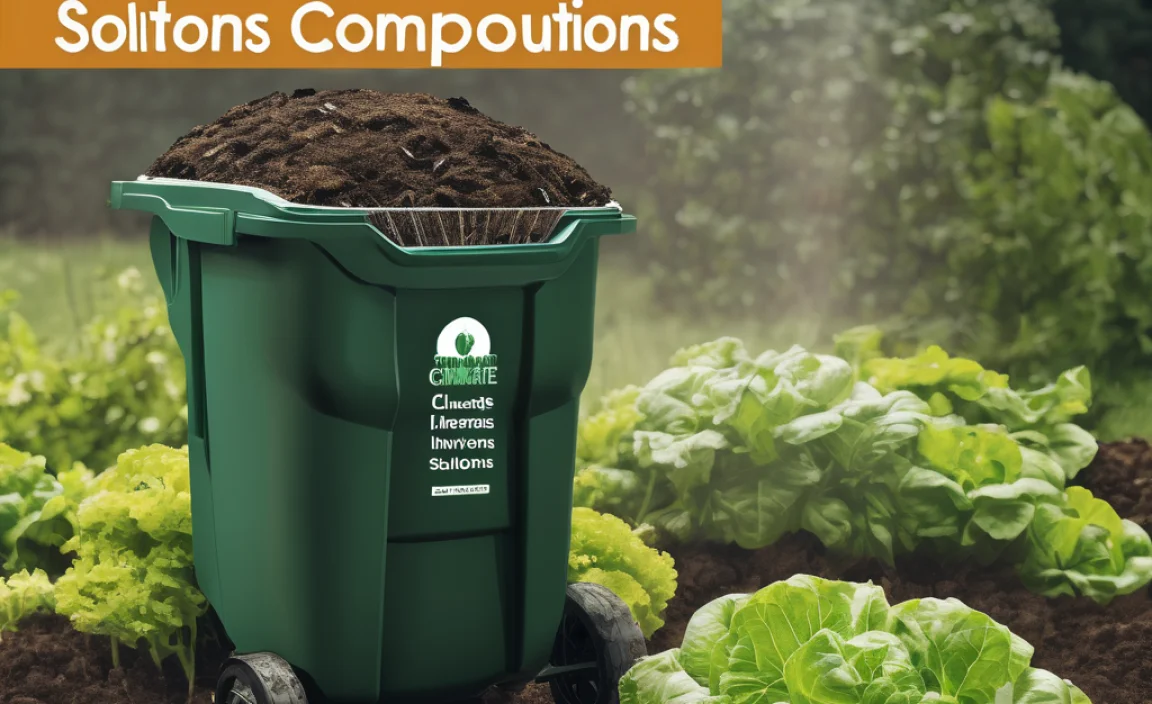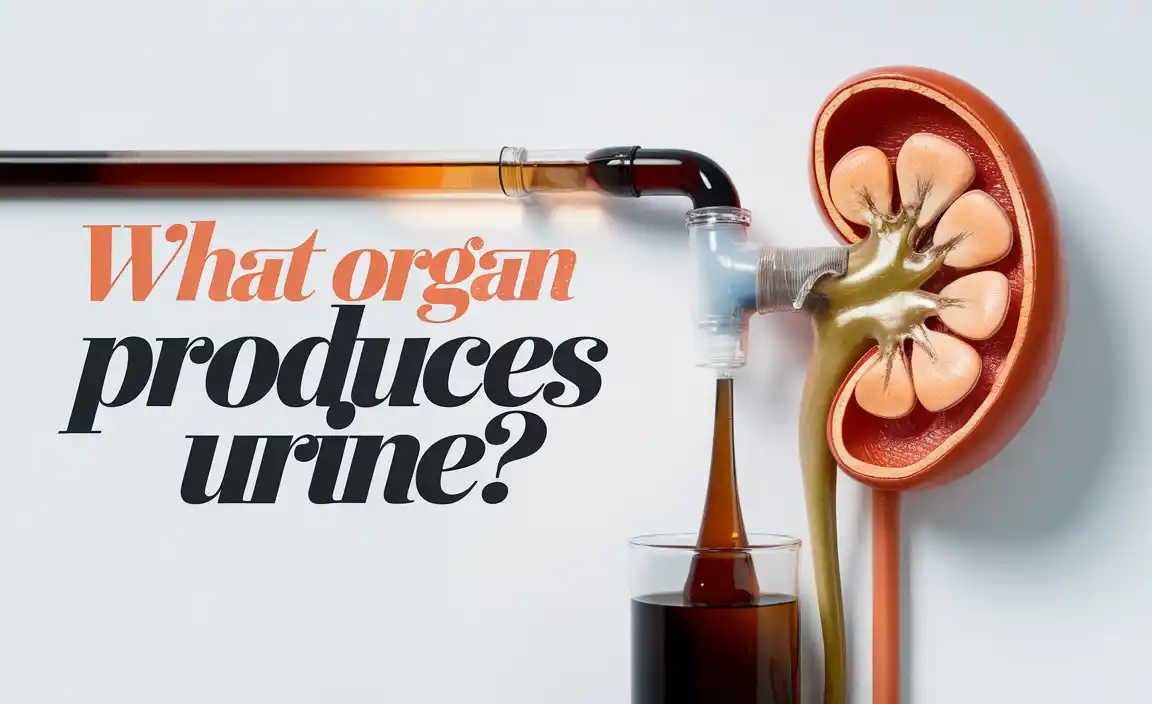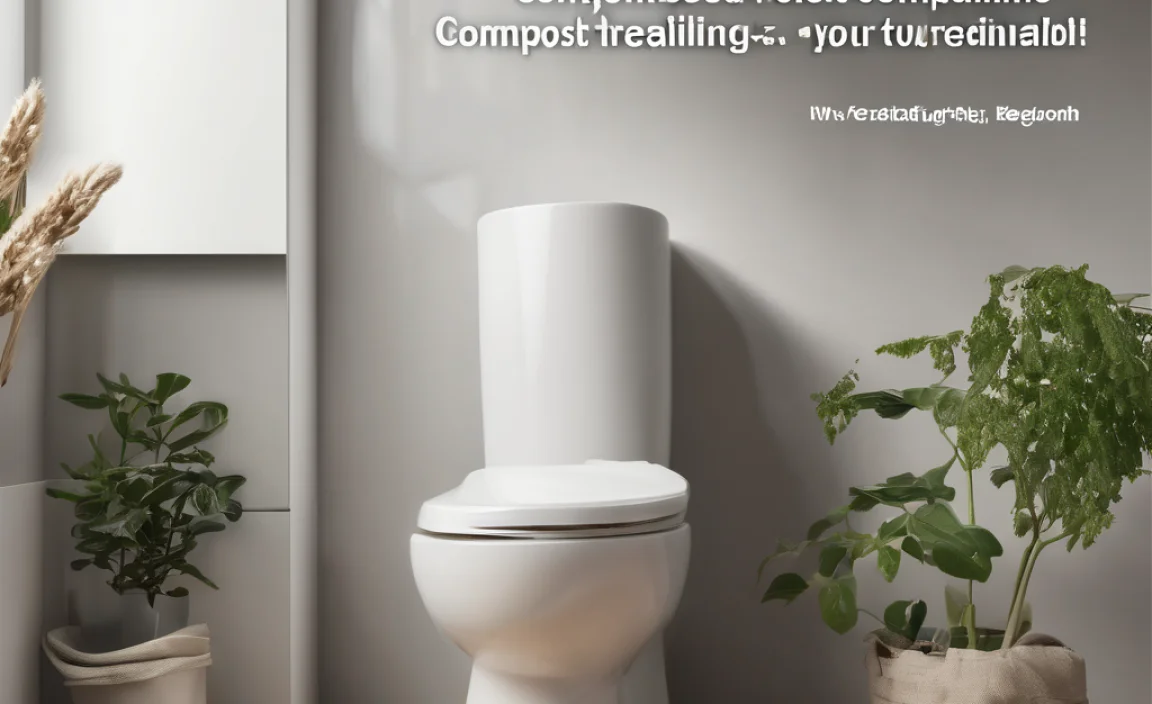Do you know that food scraps and yard waste make up 30% of our trash? Imagine if we could turn all that waste into something helpful for our gardens! This is where an organic compost guide comes in handy. Composting is like nature’s way of recycling. It turns old vegetable peels and leaves into rich soil. Curious to learn more? Let’s dig into this helpful guide!
Key Takeaways
- Composting reduces trash and helps the environment.
- Use a variety of organic materials for the best compost.
- Turn your compost regularly for faster results.
- Our organic compost guide simplifies composting steps.
- Composting can be fun and educational for kids.
Understanding Organic Compost
Composting might sound tricky, but it’s quite simple! First, gather materials like fruit peels, grass clippings, and dry leaves. These items are called organic materials. You mix them in a pile or bin. Over time, tiny creatures help break them down into compost. This process is natural and safe for the environment.
- Use a compost bin to keep it tidy.
- Add a mix of greens and browns.
- Keep it moist, but not too wet.
- Turn the pile to add air.
- Be patient; it takes time.
Once your compost is ready, it will look and smell like fresh soil. You can sprinkle it in your garden to help plants grow strong. Composting is a great way to recycle and learn about nature. It also reduces the amount of waste we send to landfills. So, are you ready to start your composting adventure?
Fun Fact or Stats : One-third of food made for humans goes to waste globally!
Why Start Composting Today?
Have you ever wondered what happens to your apple core after you toss it? It usually ends up in a landfill where it can’t break down properly. By composting, you give waste a second chance. It turns into soil that helps new plants grow. Starting today means healthier gardens tomorrow. Plus, it’s a fun activity for the whole family!
What Makes Good Compost?
Do you know the secret to great compost? It’s all about balance. You need both green and brown materials. Greens are things like fruit peels and veggie scraps. Browns are dry leaves, twigs, and paper. The right mix keeps your compost healthy. Too much of one thing can slow the process down.
Compost vs. Fertilizer: What’s the Difference?
You might think compost and fertilizer are the same, but they aren’t. Compost is made from organic waste and improves soil texture. Fertilizer is made from chemicals and gives plants nutrients. Compost is safe for the environment. It doesn’t have harmful chemicals. Would you rather use nature’s way to help your garden grow?
How to Start Your Compost Pile
Ready to start your own compost pile? It’s easier than you think! Begin by choosing a spot in your yard. Make sure it’s convenient and has good drainage. You can use a bin or create a pile on the ground. Now, start layering your greens and browns. Add water to keep it moist, but not soggy. Then, turn it with a shovel every week.
- Pick a sunny spot for warmth.
- Alternate layers of greens and browns.
- Wet the pile lightly.
- Turn weekly to add air.
- Be patient; composting takes time.
Composting is like cooking. You need the right ingredients and time. Soon, your pile will become rich soil. This soil can make your garden bloom. Want to share this fun project with friends? Invite them over and show them your compost pile. It’s a great way to inspire others to start composting too!
Fun Fact or Stats : Composting can reduce household waste by 30%.
Choosing the Right Compost Bin
Have you ever seen different types of compost bins? There are many options to choose from. Some people use simple wire bins, while others prefer fancy tumblers. What matters most is that it suits your space and style. Think about how much waste your family creates. A larger bin might be better if you have lots of food scraps.
Layering Your Compost Pile
Do you know why layering is important? It’s like making a lasagna! You need different layers for it to work well. Start with coarse materials like twigs. Then, add a layer of greens like veggie scraps. Next, add a layer of browns like leaves. Repeat until your pile is the right size. This method helps air to flow, speeding up composting.
Turning Your Compost for Success
Why do we need to turn the compost? It’s simple! Turning mixes the materials and adds air. Air is important for the tiny creatures that break down the waste. Without air, your pile might smell bad or take longer to compost. Plus, it’s fun to see how your pile changes over time. Are you ready to grab your shovel?
Materials Suitable for Composting
Curious about what to add to your compost? Not everything can be composted. Good materials include fruit peels, vegetable scraps, coffee grounds, and eggshells. Avoid adding meat, dairy, or anything oily. These can attract pests and make your compost stink. Stick to simple organic materials for the best results.
- Fruit and vegetable scraps are perfect.
- Coffee grounds help boost the process.
- Eggshells add calcium to the soil.
- Avoid meat and dairy products.
- Grass clippings are great, but add them in moderation.
By choosing the right materials, you ensure a healthy compost. It’s like feeding your compost pile a balanced diet. This way, it breaks down quickly and becomes rich soil. Imagine how excited your plants will be with this natural boost! Let’s make the best compost for a healthier garden.
Fun Fact or Stats : A healthy compost pile can heat up to 140°F!
Why Some Materials Aren’t Suitable
Ever wonder why you shouldn’t add certain things to your compost? Meat and dairy attract pests like raccoons and rats. They also make your compost smell bad. Oily foods don’t break down easily. They can slow the process. By avoiding these, you keep your compost healthy and your yard pest-free.
The Benefits of Eggshells
Did you know eggshells are great for compost? They add calcium, which is important for plants. Crush them before adding them to your pile. This helps them break down faster. Plus, using eggshells helps reduce waste in your kitchen. Who knew breakfast leftovers could be so useful?
Using Coffee Grounds Wisely
Do you or your parents drink coffee? Don’t toss those coffee grounds! They’re excellent for composting. They add nitrogen, which helps the compost break down. Spread them evenly in your pile. Coffee grounds are also a natural pest repellent. Ready to give your compost a caffeine boost?
Common Challenges in Composting
Composting is fun, but sometimes things can go wrong. Maybe your pile isn’t heating up or it smells bad. Don’t worry! These are common challenges many people face. With a little know-how, you can fix them easily. Let’s explore some issues and how to solve them.
- Ensure the pile has the right moisture.
- Too much green can make it smell bad.
- Turn the pile for proper aeration.
- Add more browns if it’s too wet.
- Patience is key; trust the process.
If your compost isn’t heating, it might need more greens. If it’s too wet, add browns like dry leaves. Fixing these issues helps your pile break down faster. Remember, composting takes time and practice. Keep trying, and you’ll have rich compost in no time!
Fun Fact or Stats : A well-managed compost pile can heat up to 140°F!
Dealing with Pests
Have you ever seen pests near your compost? It’s because they are attracted to the food. To keep them away, avoid adding meats and dairy. Use a sturdy bin with a lid. This keeps curious critters out. Remember, a healthy compost pile shouldn’t smell bad. That’s a sign it’s working right.
Managing Odor Issues
Does your compost pile smell bad? That’s a sign something’s wrong. It might be too wet or have too much green waste. Add more dry leaves or paper to balance it. Turning the pile also helps. Fresh air keeps bad smells away. Soon, your compost will smell like fresh earth!
Speeding Up the Composting Process
Wish your compost would finish faster? There are ways to speed it up! Chop materials into smaller pieces. This helps them break down quicker. Turn the pile more often to add air. Sprinkle some water if it looks dry. These steps can make your compost ready sooner than you think!
Using Finished Compost
You’ve waited patiently, and now your compost is ready! It’s time to use it in your garden. Compost enriches the soil, helping plants grow better. Spread it evenly around your plants. You can also mix it into potting soil. Your garden will thank you for the nutrient boost!
- Use compost as a top layer in gardens.
- Mix it into potting soil for better plant growth.
- Sprinkle around trees and shrubs.
- Make compost tea for liquid fertilizer.
- Share extra compost with neighbors.
Using compost is like giving your garden a natural vitamin. It improves the soil and helps retain moisture. Plants will grow stronger and healthier. Plus, sharing compost with friends is a great way to spread the benefits. Are you excited to see your garden flourish?
Fun Fact or Stats : Compost can improve soil structure and water retention.
Making Compost Tea
Have you heard of compost tea? It’s a liquid fertilizer made from compost. Add compost to a bucket of water and let it sit. After a few days, strain the liquid. Use this “tea” to water your plants. It gives them an extra nutritional boost. Isn’t it amazing what compost can do?
Spreading Compost in Your Garden
Ready to spread compost? Choose a cool day, so it doesn’t dry out. Loosen the soil around your plants. Sprinkle compost evenly. Water the area to help it settle in. Watch as your plants grow stronger and healthier. Compost is like magic for your garden!
Sharing Compost with Others
Do you have extra compost? Share it with a neighbor or school garden. It’s a wonderful gift for anyone who loves plants. Plus, it helps spread the word about composting. Sharing makes you feel good, and you’re helping the planet too. Who will you share your compost with today?
Conclusion
Composting is a fun and rewarding activity for everyone. With this organic compost guide, you can start turning waste into treasure. Follow the steps and watch your garden thrive. Imagine the difference you can make by reducing waste. Start composting today and help the planet in a simple, natural way!
FAQs
Question: What materials can I compost?
Answer: You can compost fruit peels, veggie scraps, coffee grounds, and eggshells. Avoid meat, dairy, and oily foods. These can attract pests and create bad smells.
Question: How do I know my compost is ready?
Answer: Your compost is ready when it’s dark, crumbly, and smells like fresh soil. It should no longer have recognizable food scraps. This usually takes a few months.
Question: Why is my compost pile not heating up?
Answer: If your compost isn’t heating up, it might need more green materials like veggie scraps. Also, ensure it’s moist enough and getting enough air.
Question: Can I compost in the winter?
Answer: Yes, you can compost in the winter! The process slows down, but you can still add materials. Insulate your pile with straw or leaves to keep some warmth.
Question: How often should I turn my compost pile?
Answer: Turn your compost pile every week or two. This adds air and helps it break down. Regular turning speeds up the composting process.
Question: Is composting safe for kids to do?
Answer: Yes, composting is safe and educational for kids. They can learn about recycling and nature. Make sure they wash hands after handling compost.





